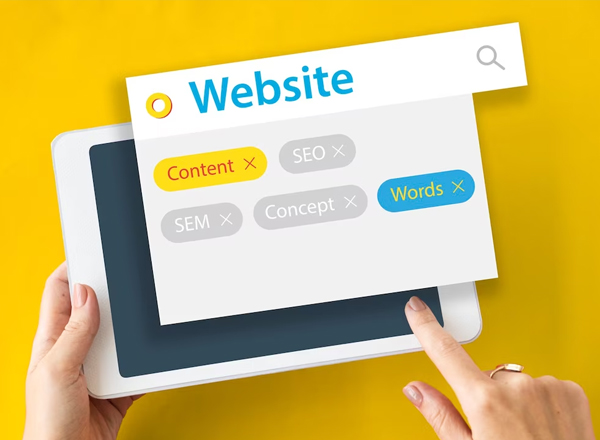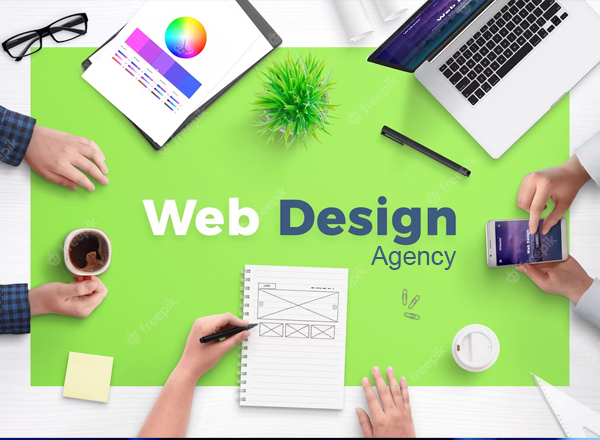All businesses today need a professionally designed and beautiful website to stay ahead of the competition. The modern consumer expects any website to have fast-loading screens and be easy to navigate, while also having an attractive user interface. Any experience otherwise will most likely lead to the person clicking off and going somewhere else.
That being said, website design can become a conundrum for startups on a tight budget. You may be struggling with saving as much money as you can, without compromising your website’s performance and effectiveness.
The good news is that you don’t need to spend a fortune to successfully launch your website. A trusted web design company can help you create, design, and launch a website that aligns with your brand, converts customers, and is easy on your wallet.
Given that, there are five web design tips that you should consider.
Determine What Your Site Is For

Not all websites are the same. Some websites are meant to inform, while others intend to sell something. Clarify with your web design company what the purpose of your website is. From there, they can design an appropriate website and include only the features that you need. For example, if your website will be used solely for branding, you wouldn’t need to have a shopping cart feature or worry about partnering with a third-party security provider for credit card payments.
Be Clear on the Features You Want

Many startup entrepreneurs have a design inspiration in mind. However, even if your design inspiration comes from a business within the same industry, you may or may not need the exact functions seen on their website.
It is a good idea to speak with your agency for a custom strategy. Avoid the temptation to “copy-paste” designs just because you like how they look. Not only can this make you spend more, but will not add any differentiating factor to your business. If your website looks the same as another one (or even more), you will confuse your target audience, who will also have no reason to offer you their loyalty.
Focus on the Must-Haves

It’s perfectly okay to have a simple website at the beginning—all websites can be upgraded and improved later on, after all. Nevertheless, it’s important that you hit the ground running. For this, you need to have a well-organized website. It’s best practice to have some sort of hierarchy for your website, which includes having well-placed search and menu bars.
More than a website’s attractiveness, organization and ease of navigation are the two most important factors that users look at when scrolling through a site. Other tips to consider include a simple web design, a legible typeface, fast loading speeds, and a fully functional contact us page.
Invest in the Right Things

Investing in the right things early on will save you a ton of headaches in the future. While this article certainly can’t cover everything, one of the most important things to spend on for your website is your domain name. Free domain names can be taken away from you at any time, and this can be incredibly stressful if you’ve already established some sort of online presence. Owning your domain name gives you that peace of mind and immediately establishes your professional credibility.
The same remains true for hosting. Make sure that your hosting service is reliable so that your users won’t experience any difficulties or security issues when accessing your website.
Work with a Web Design Agency That Offers Multiple Services

Instead of working with several agencies for different aspects of your website, you can save a lot of time and money working with just one company that offers all services related to web design, from UI/UX development to content creation.
Working with just one company also prevents the risk of miscommunication. More than likely, you’ll be speaking with one team who already knows your design objectives and company values. This helps with the cohesiveness of your website, as everything—from the color palette used to the content of your blogs—is aligned with your business’ mission and vision.
Final Thoughts: Web Design Does Not Have to Be Expensive
Being a startup does not mean sacrificing quality for the sake of your budget. When bootstrapping your business, you must be clear with your objectives for starting your website so that you know what to prioritize. One of the biggest mistakes you can make is combining a hodgepodge of features and then just “going with the flow.” Your website can be simple—in fact, most customers prefer a simpler interface—and be cohesive with its design.
Keep in mind that your priority should always be the customer experience journey. When working with your web design company, make sure that you create a website that gives your customers a positive and enjoyable experience. That way, even if you have a limited budget, you can still have an effective and powerful website.













